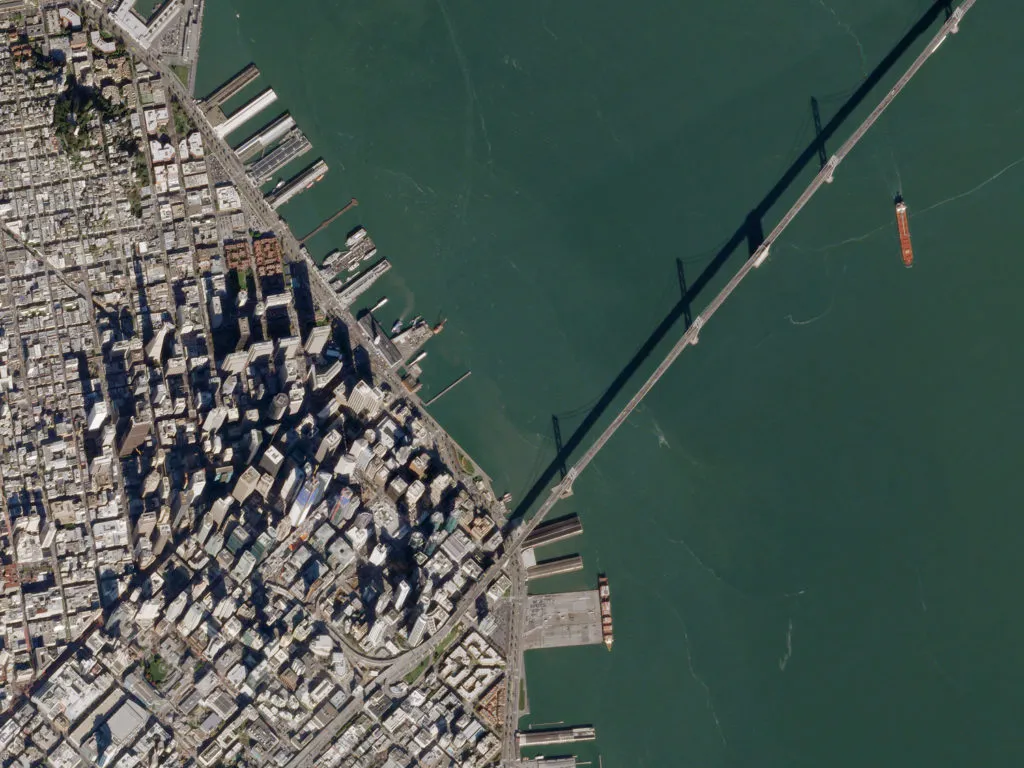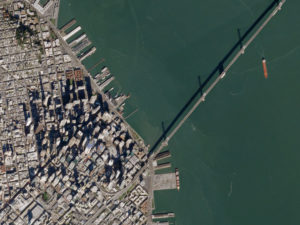
The future of Earth Observation. Predictions by Dr. Keith Beckett, Chief Scientist at UrtheCast
 To date, the model for geoanalytics has tended to be very transactional: request imagery, analyze imagery, deliver imagery analysis results. Earth Observation is now heading towards a revolutionary model where all data is immediately available, all analysis is performed in near real-time as the data is acquired, and the distribution of the imagery analysis results are streamlined straight into users hands through apps and other channels, ready to be put to work.
To date, the model for geoanalytics has tended to be very transactional: request imagery, analyze imagery, deliver imagery analysis results. Earth Observation is now heading towards a revolutionary model where all data is immediately available, all analysis is performed in near real-time as the data is acquired, and the distribution of the imagery analysis results are streamlined straight into users hands through apps and other channels, ready to be put to work.
In the same way that the integration of many unrelated technologies were integrated together into the creation of today’s smartphones, the future of Earth Observation and geoanalytics will involve the seamless integration of a wide range of technologies, sensing modalities and unconventional data sources. We can already see how the Internet Of Things (IOT) and remote sensing are converging, with each technology combining in ways that we could only dream of a few years ago.
The explosion in the demand, largely attributable to the compounding effects of global population growth and climate change, to serve the rapidly expanding markets such as agriculture, forestry, energy, water management and insurance, is forcing these markets to look to Big Data to supply better, faster, higher-quality and cheaper access to actionable information. Consequently, as computing power grows according to Moore’s Law, the technological leaps needed to operate on Big Data will, without a doubt, be pushed far harder than Gordon ever envisioned.









